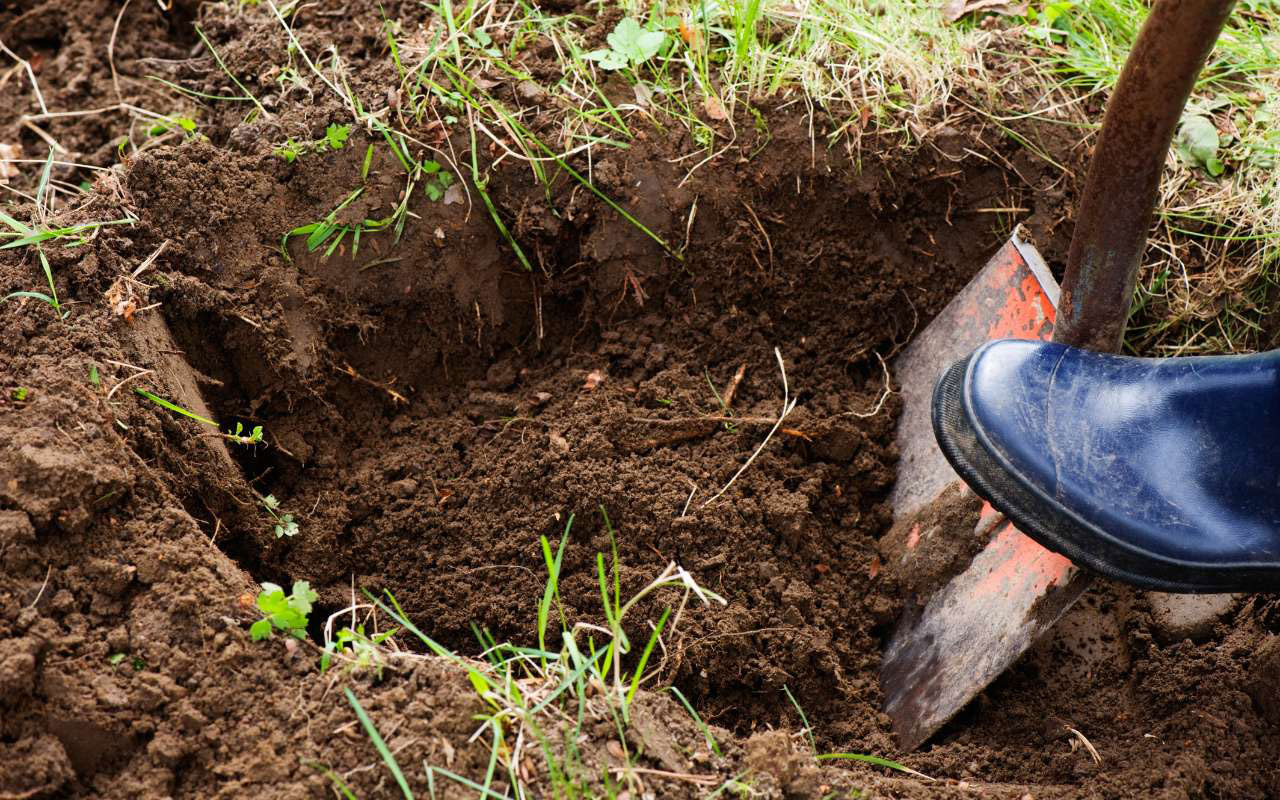How to Plant Trees Correctly: A Seasonal Guide
Planting trees is crucial for their healthy growth. This seasonal guide will show you how to plant trees correctly. You’ll discover helpful tips for ensuring your trees thrive, no matter the time of year. Whether you’re starting from scratch or enhancing your current landscape, this guide provides the essential steps for proper tree planting.
Seasonal Tips for Planting Trees Correctly

Spring Planting (March-May):
- Preparation: During spring, the soil begins to thaw, offering excellent conditions for planting. Start by inspecting the soil. If it’s compacted, loosen it to ensure proper root growth. Remove rocks, old roots, or any debris that could hinder development.
- Selection: At this time, choosing the right tree species is crucial. Opt for native trees that thrive in your area’s climate and soil type. This will enhance their chances of flourishing.
- Planting: For successful planting, dig a wide, shallow hole that allows roots to spread easily. Ensure the root ball sits slightly above the ground level for better water drainage.
- Care: Water newly planted trees deeply once or twice a week, ensuring moisture reaches the roots. Adding mulch around the base helps retain moisture and minimizes weed growth, both critical factors for robust spring growth.
Summer Planting (June-August):
- Preparation: With warmer temperatures, summer requires careful preparation. Keep the soil moist, but avoid overwatering, as soggy soil could lead to root rot. Remove any surrounding weeds to prevent competition for nutrients.
- Selection: Summer heat demands trees that are both drought-tolerant and resistant to pests. This season’s best candidates include hardy trees like oaks and pines, which can withstand the hot, dry conditions.
- Planting: Plant trees early in the morning or late in the afternoon to avoid the intense midday sun. Position the tree to ensure good airflow and sunlight exposure. Monitoring water levels is also essential, as young trees may dry out quickly.
- Care: Mulching is critical during summer, helping soil retain moisture and moderate temperatures. Water deeply and regularly, particularly in dry spells, to prevent the tree from wilting. Be sure to inspect for pests, as they can multiply in warm weather.
Fall Planting (September-November):
- Preparation: As temperatures drop and rainfall increases, fall offers favorable conditions for tree planting. Start by testing the soil quality and amending it with compost or organic matter if it’s lacking in nutrients.
- Selection: Select hardy or native species that will establish themselves before the onset of winter. They must withstand both the cooler nights and the occasional frost.
- Planting: Dig a wide, shallow hole, placing the tree carefully and ensuring the root flare is above ground level. This step will prevent waterlogging and root diseases.
- Care: Water consistently but less frequently than in summer, as the cooler weather reduces evaporation. Mulch generously to shield the roots from frost and keep the soil warm.
Winter Planting (December-February):
- Preparation: Winter is a challenging season for planting, but with thoughtful planning, you can still plant successfully. Assess the soil for drainage issues, as waterlogged soil may freeze and damage roots.
- Selection: Select evergreen species and those particularly hardy in winter. Conifers, hollies, and other evergreen trees tend to fare well.
- Planting: Only plant when the ground is not frozen, as frozen soil will hinder root growth. Consider planting trees in containers until the ground becomes workable if conditions are harsh.
- Care: Check soil moisture levels and water if necessary during warmer spells. Mulch thickly to prevent soil erosion and protect roots from freezing temperatures.
Frequently Asked Questions: How to Plant Trees Correctly
Q: Can I plant trees at any time of the year?
A: Yes, as long as you adjust your care routine according to the season. Spring and fall are the best times due to milder temperatures, while summer and winter require additional attention.
Q: What type of soil works best for tree planting?
A: Trees generally thrive in well-drained, fertile soil. To improve its condition, you can amend your soil with compost or organic matter. Make sure it retains moisture without becoming too wet.
Q: How can I ensure my newly planted tree grows successfully?
A: First, select a suitable location with the right soil and light conditions. Provide adequate water, especially during the initial weeks, and apply mulch to help the roots retain moisture. Regularly inspect the tree for signs of stress or disease.
Ready to Plant Trees Correctly?
Planting trees is a rewarding way to improve your landscape, provide shade, and support local wildlife. Whether you’re starting in spring or braving the winter, this guide ensures your trees will thrive year-round.
Need help planting your next tree? Contact us today for expert advice and tree-planting assistance. Let’s get your new trees off to a great start!



